Enterprise System Architecture
This is a motivation why workflow management systems are needed
Evolution of Integration
No Integration
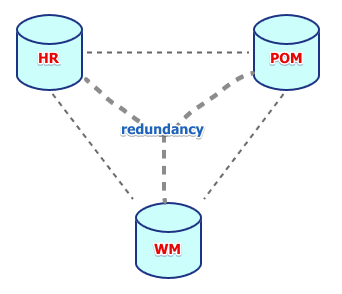
There are 3 systems:
- HR: human resources
- POM: purchase order management
- WM: warehouse management
No integration:
- a change in one DB is not propagated to others (automatically)
- this has to be maintained
- suppose an address changes in HR, but the rest don’t know about it
- $\Rightarrow$ inconsistency
Central ERP System
This is also called 2-tier client-server architecture
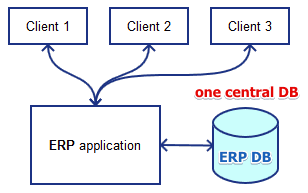
- there’s a central ERP system that explicitly integrates all the data into one source
- but there are performance issues
- and what if the ERP server goes down?
Application Integration
There are several ways to integrate different application
Point-To-Point
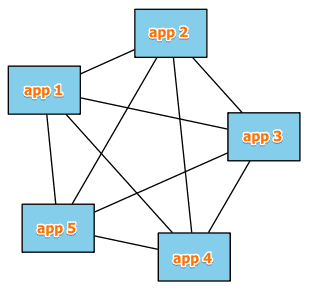
- every system communicated with all other systems
- $N^2$ connections for $N$ systems - a lot| | |
Message-Oriented Middleware
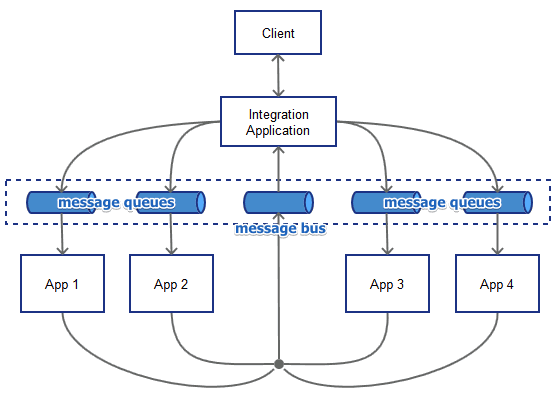
- each client connects to the Integration Application
- IA dispatches the messages to the receivers
- this approach takes away the burden of implementing all the connectors
- but it’s still point-to-point: all must know about others
- $\cfrac{N \cdot (N - 1)}{2}$ connections in this scheme
Application Integration
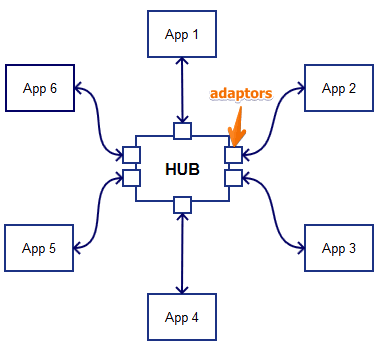
- now there’s a hub: a centralized integration middleware: it orchestrates the flow
- the hub acts as a message broker: it defines the rules for communication and transformation
- system no longer need to know about each other
- it’s similar to emailing: no need to know about the received: where is he, whether he can read now or not, etc
The differences between it and central ERP:
- in the central ERP there’s one single DB
- here each application has it’s own database
Workflow Management Systems
There are three kind of workflow management systems:
- hard-coded workflows (process and organization specific)
- custom-made (with some generic wokrkflow but still organization specific)
- generic software with embedded workflow functionality
- workflow components of one particular type of systems, say ERP
- generic software focused on workflow
- how we can connect different components from different manufactures
- allows great flexibility